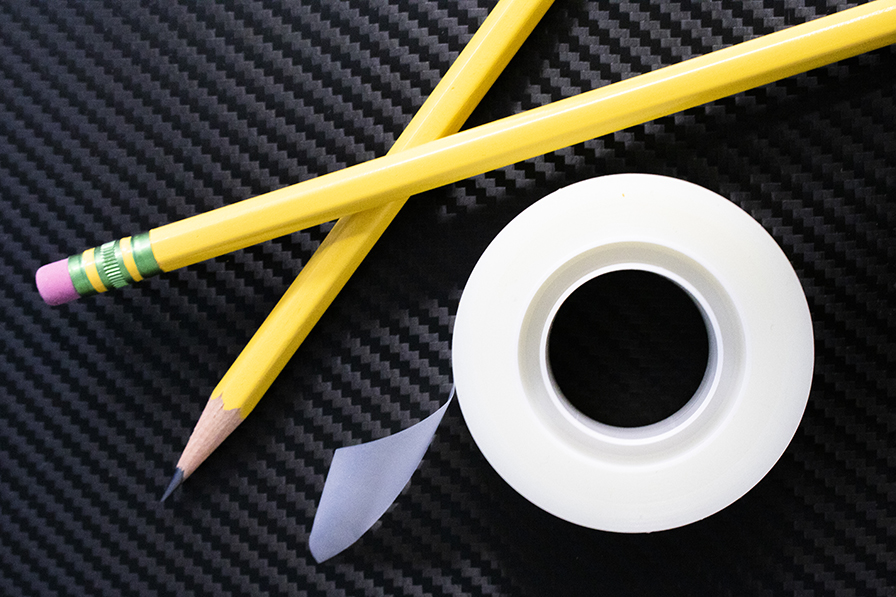An Unlikely Hero: How Sticky Tape Led to the Nobel Prize

Graphene – a perfect carbon atomic lattice and the strongest and thinnest material in the world. Merely one atom thick, graphene is a better conductor than copper of both electricity and heat. Perfect for creating stronger, yet lightweight materials, it paves the way for new experiments in quantum physics and stands to revolutionize the automotive, aerospace, electronics, and medical industries.
Without sticky tape, it would not exist.

In 2004, physicists Andre Geim and Konstantin Novoselov produced graphene for the first time by extracting it from graphite – a discovery that earned them the Nobel Prize in Physics in 2010. Many scientists believed the extraction task impossible, but Geim and Novoselov made the best of a sticky situation and found a solution in tape.
By pressing the tape on the graphite, they observed the adhesive coating lifted thin carbon flakes off the graphite’s surface. The flakes initially contained thick layers of graphite. As the physicists repeated the procedure, the layers thinned out and were ready to be put into a solution to free the flakes from the tape. Although Geim and Novoselov had doubts about the thin crystalline flakes’ stability, the tiny flakes held up as the tape dissolved – allowing the physicists to identify and produce one atom thick, two-dimensional graphene.
Graphene’s extraction creates endless application possibilities for scientists looking to make the world a better place. Geim and Novoselov’s experiment shows even something as simple as tape can be a Nobel Prize-winning solution.


